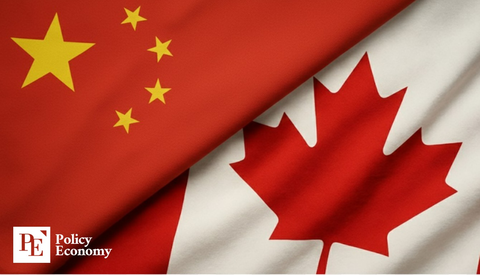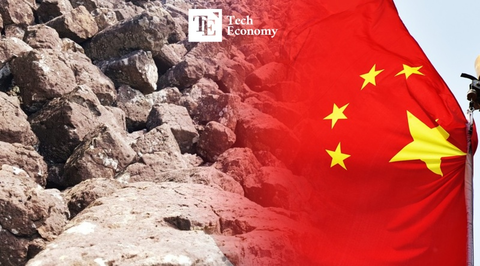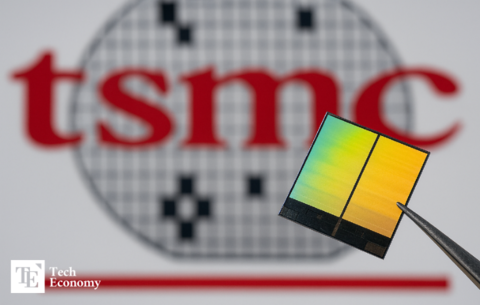Ripple Invests $200M to Acquire Rail, Doubling Down on the Stablecoin Market
Input
Modified
Ripple acquires a payment infrastructure provider specializing in stablecoin-based transactions. Rapid expansion of crypto business operations through consecutive M&A deals. Industry sees heightened wave of strategic alliances, with players seizing the moment.

Ripple, the developer of the cryptocurrency XRP, is set to acquire Rail, a payment infrastructure provider specializing in stablecoin-based transactions. This move signals Ripple’s ambition to evolve beyond its traditional cross-border remittance business built around XRP and transform into a comprehensive financial infrastructure company centered on stablecoin-powered services.
Ripple is ramping up its push into the stablecoin sector
On August 7 (local time), Ripple CEO Brad Garlinghouse officially announced the $200 million acquisition of Rail, with the aim of strengthening the company’s position in the enterprise digital payments market. Industry speculation had long suggested that Ripple was seeking a major M&A deal to break into the stablecoin space. The Rail acquisition confirms those rumors and signals that Ripple’s stablecoin strategy is taking clear shape.
Rail is a fintech firm specializing in stablecoin-based payment infrastructure, with a strong focus on business-to-business (B2B) transactions. By integrating Rail’s technology into its RippleNet network, Ripple expects to deliver faster, more reliable cross-border payment services. Leveraging the price stability of stablecoins will allow Ripple to address the volatility issues of other cryptocurrencies, offering a more attractive solution for enterprise clients.
“This acquisition marks a critical milestone in Ripple’s long-term growth strategy,” Garlinghouse said. “Rail’s expertise and technology will help us take our payment solutions to the next level.” He added that, barring regulatory delays, the deal is expected to close by the end of the year following final approvals.
Ripple Accelerates Expansion Through Major Acquisitions
In April, the company announced a $1.25 billion deal to acquire prime brokerage firm Hidden Road. Once completed, Ripple will become the first digital asset company to own and operate a global multi-asset prime broker. Hidden Road offers an institutional one-stop platform for clearing, prime brokerage, and financial services across multiple asset classes, including FX, digital assets, derivatives, swaps, and bonds.
Ripple plans to leverage this acquisition to build core infrastructure for adoption within traditional finance and to position its stablecoin, RippleUSD (RLUSD), as a stablecoin with real-world utility. Hidden Road, which clears over $3 trillion in annual trading volume and serves more than 300 major institutional clients, will use RLUSD as collateral in its prime brokerage products. This will make RLUSD the first stablecoin to enable efficient cross-margining between digital assets and traditional financial markets.
Additionally, Hidden Road intends to migrate its post-trade operations to the XRP Ledger (XRPL) to improve operational efficiency and reduce costs. If realized, this move could further establish XRPL as a viable institutional DeFi blockchain. Ripple also plans to optimize the cost and liquidity structure of its global payments solution, Ripple Payments, while offering custody services to Hidden Road users.

M&A Boom in the Crypto Industry
Market analysts predict that, much like Ripple’s recent moves, mergers and acquisitions within the crypto sector will accelerate. This trend is fueled by the rapid growth of the stablecoin market as countries around the world move toward formal regulation. According to a report released by the Bank for International Settlements (BIS) earlier this month, there were about 170 stablecoins in circulation globally as of the end of May, with a combined market capitalization of $255 billion. That’s more than double the 60 stablecoins valued at $125 billion in circulation just a year earlier. On nine major global exchanges, including Coinbase, stablecoins accounted for 84% of trading volume at the end of May—up from just 7.9% at the end of 2017.
This surge has driven a noticeable increase in M&A activity aimed at capturing the expanding stablecoin market. For example, in May, Anchorage Digital—a federally chartered crypto bank and custody provider—announced it had signed an acquisition deal with stablecoin issuer Mountain Protocol. The goal is to integrate Mountain Protocol’s technology, team, and licenses to strengthen institutional stablecoin support. Commenting on the deal, Anchorage co-founder and CEO Nathan McCauley said, “Stablecoins are becoming the backbone of the digital economy, and we’re heading toward a future where every business will use them. Acquiring Mountain Protocol brings us closer to building a safe and regulated global digital asset ecosystem.”





















